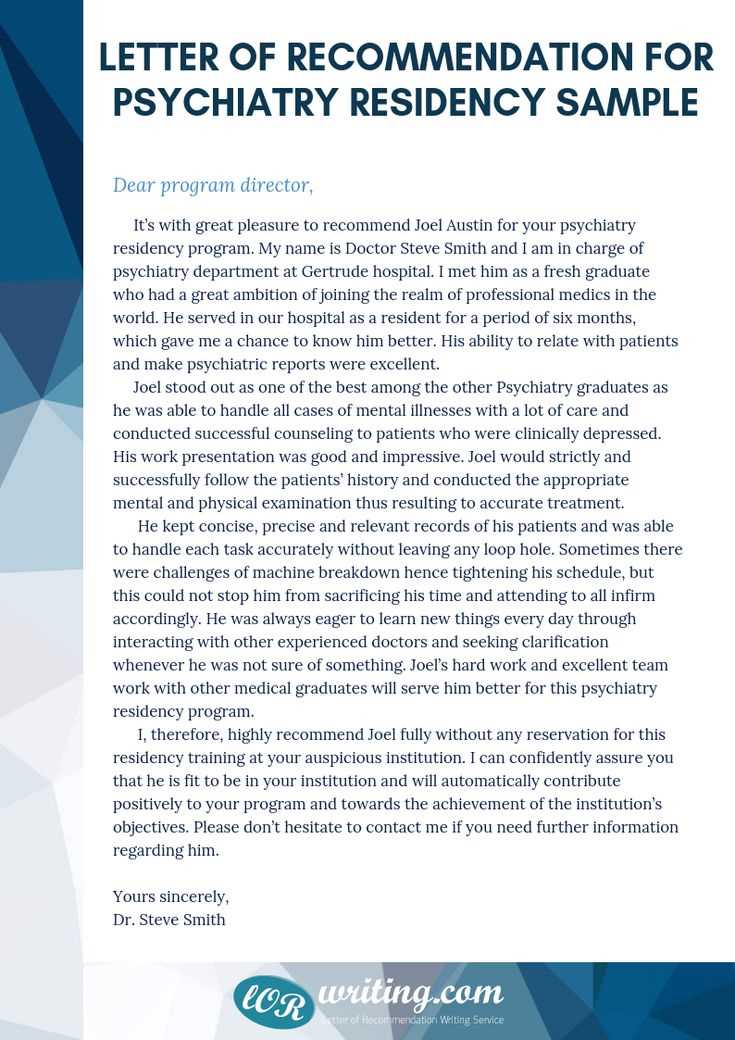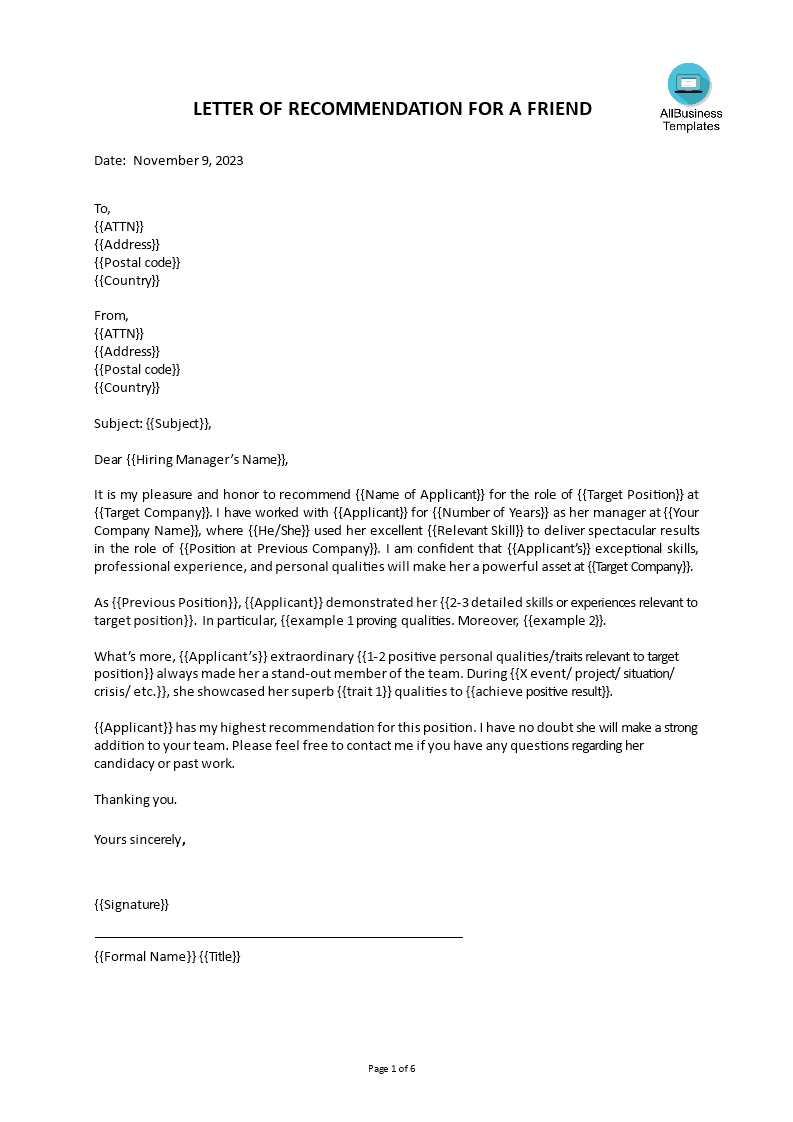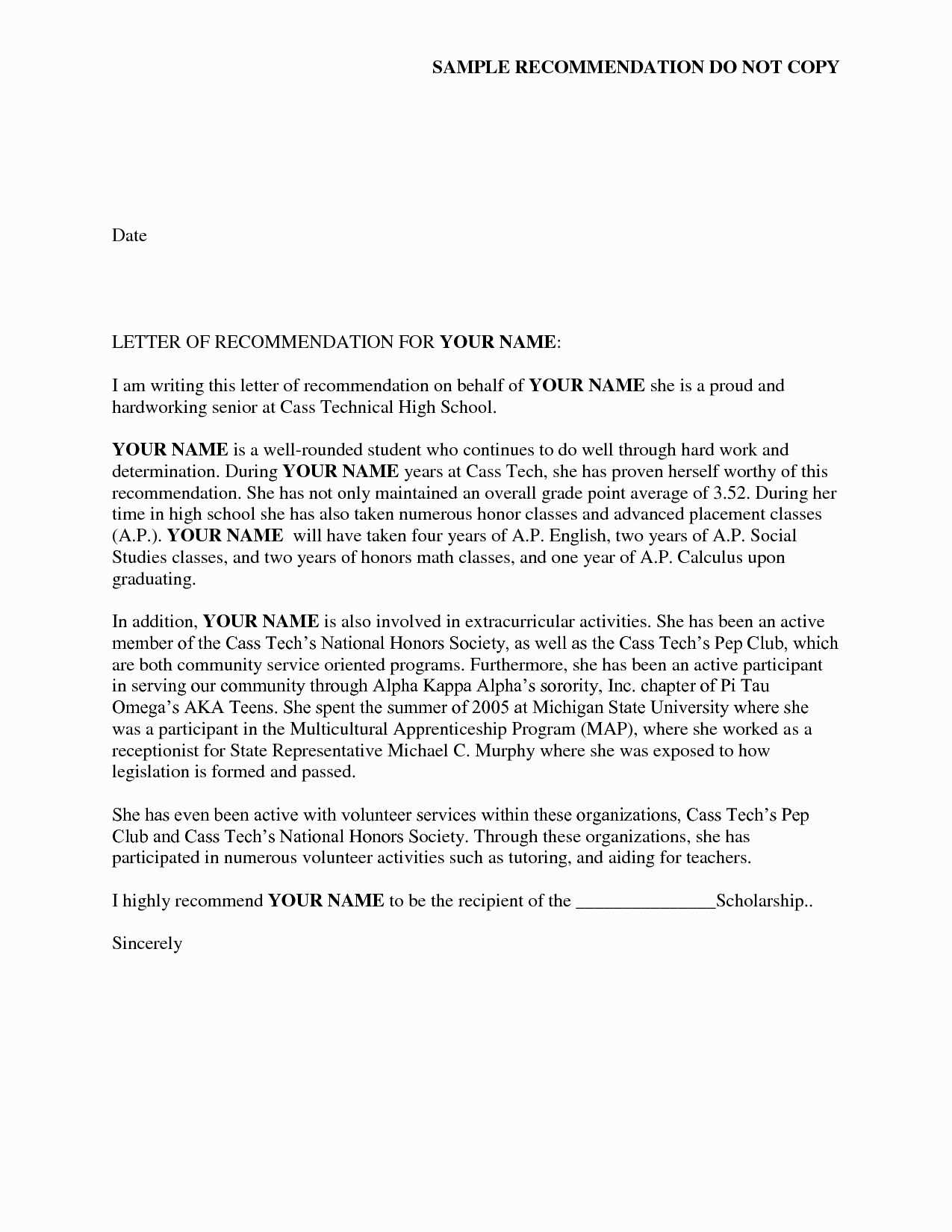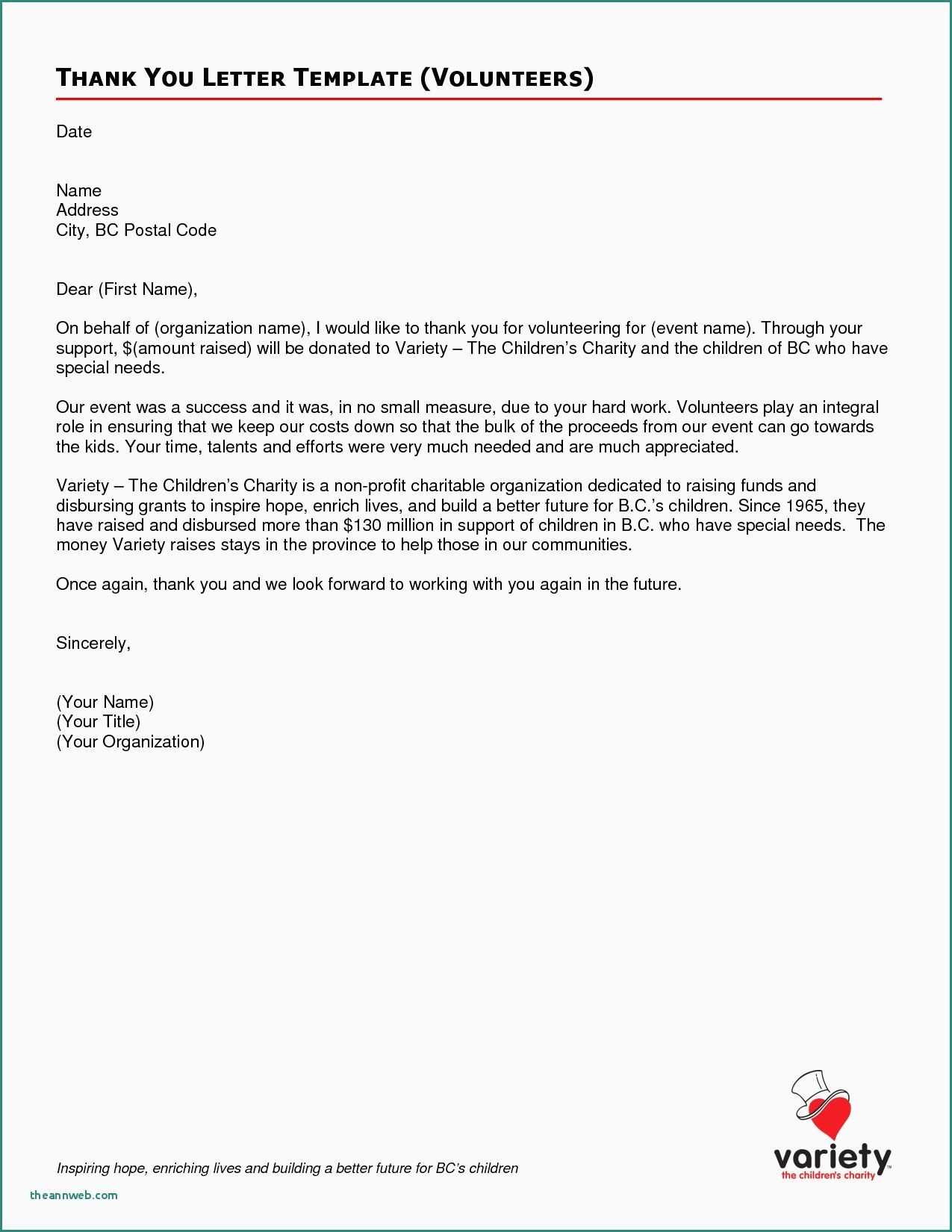Community service letter of recommendation template

To write a strong community service letter of recommendation, focus on providing specific examples that showcase the individual’s contributions, work ethic, and impact on the community. Highlight key achievements, such as the time and effort invested, the results of their work, and any leadership or problem-solving skills demonstrated. A letter that gives concrete details will stand out and offer a clear picture of the person’s involvement.
Start by introducing the person you’re recommending and your relationship with them. Clearly state how long you’ve known them and in what capacity. This sets the context for your recommendation and helps the reader understand the perspective you’re coming from. Don’t just list their duties–describe how they took initiative, collaborated with others, or made a meaningful difference.
Follow up with specific examples. If they organized an event, mention the scale, the tasks they handled, and the outcomes. If they volunteered regularly, explain the consistency and reliability they showed. Whether it’s a one-time project or long-term involvement, highlight any impact they had on others or the community at large.
Conclude by reinforcing why you recommend this individual. Restate their qualities that make them stand out, such as their commitment, passion, or ability to work well with others. End with a statement that reinforces their potential for future success in similar endeavors.
Community Service Letter of Recommendation Template
When writing a letter of recommendation for community service, it’s important to focus on the individual’s specific contributions, skills, and character traits demonstrated during their involvement. The letter should reflect their dedication, the impact of their work, and how they collaborated with others.
Key Sections to Include
- Introduction: Begin by stating your relationship with the individual, including how long you’ve known them and the context of their community service role.
- Community Service Description: Highlight the activities and responsibilities the individual took on. Be specific about their role and contributions.
- Skills and Traits: Focus on their personal qualities, such as leadership, teamwork, reliability, and communication. Provide examples that showcase these traits in action.
- Impact: Discuss the positive outcomes resulting from the individual’s involvement. How did their work make a difference in the community?
- Closing: Summarize your recommendation and express your confidence in their future endeavors. Provide your contact information for any follow-up.
Sample Template
Dear [Recipient’s Name],
I am writing to recommend [Name] for [specific opportunity]. I have had the pleasure of working with [Name] for [X months/years] as they served as [role] with [organization]. During this time, I’ve been consistently impressed by their commitment, reliability, and passion for making a difference in our community.
[Name] took on [specific tasks or projects], showing initiative and exceptional problem-solving skills. For example, [provide a specific accomplishment]. Their ability to work with diverse groups of people and motivate others was particularly noteworthy. [Name] not only completed their tasks efficiently but also went above and beyond to ensure the success of the project. Their attention to detail and work ethic stood out among their peers.
Beyond their skills, [Name] is a person of high integrity. They consistently demonstrated respect for others and took responsibility for their actions. I have no doubt that they will continue to excel in any future endeavors and bring the same level of dedication to whatever they pursue.
If you have any questions or need further information, please feel free to contact me at [your contact information].
Sincerely,
[Your Name]
[Your Title]
How to Structure a Community Service Recommendation Letter
Begin with a brief introduction of who you are, your position, and your relationship to the person you’re recommending. Mention how long you’ve known them and the context of your connection.
Next, focus on the individual’s role in the community service. Specify the organization, the type of service, and the length of time they’ve been involved. This gives a clear picture of their experience and commitment.
Highlight their key contributions and accomplishments. Be specific–did they lead projects, volunteer regularly, or display leadership? Provide examples of their actions that stood out and how they positively impacted the community.
Discuss the personal qualities that make them a strong candidate. Is the individual reliable, hardworking, and empathetic? Provide examples of these traits in action to strengthen your recommendation.
Wrap up with a strong closing statement. Reaffirm your recommendation, explaining why you believe they’ll succeed in whatever they are pursuing. Offer your availability for follow-up if needed.
- Introduction: State your name, position, and relationship to the candidate.
- Context of Service: Specify the service role, the organization, and the time involved.
- Contributions & Impact: Mention specific contributions and how they impacted the community.
- Personal Traits: Highlight important qualities such as reliability and empathy, backed by examples.
- Closing: Reaffirm your recommendation and offer contact for further discussion.
Key Elements to Include in the Opening Paragraph
The opening paragraph should immediately highlight the relationship between the recommender and the applicant. Clearly state how long you’ve known the person and in what capacity. This establishes your credibility and connection to the individual. Include specific details about the volunteer work or service they performed, showing a clear understanding of their contributions.
Provide context for the recommendation by briefly mentioning the applicant’s role or responsibilities in the community service project. Focus on concrete examples that set the stage for the rest of the letter. Mention their positive traits, such as dedication or leadership, that you’ll expand on later.
Be concise, but make sure the tone is warm and supportive. Avoid generic statements; this paragraph should offer a glimpse of what’s to come in terms of specific strengths and accomplishments.
Highlighting Specific Contributions and Impact in the Middle Section
Focus on concrete actions and outcomes that show how the individual contributed to the community. Detail any initiatives they led, specific tasks they accomplished, or challenges they overcame. For example, mention how they organized a food drive, coordinated volunteer efforts, or implemented a new program that improved community engagement.
Be sure to highlight any measurable impact. Did the person help increase attendance at events, raise funds for a cause, or improve efficiency in a project? Use numbers or percentages where possible to demonstrate the tangible effects of their work. For instance, you might mention how their leadership resulted in a 30% increase in volunteers or how they helped raise $5,000 for charity within a month.
Also, consider the personal skills they demonstrated. Did they showcase leadership, problem-solving, or teamwork? Illustrate how these qualities influenced the success of their contributions. For example, if they handled conflict resolution or mentored others, explain how their approach benefited the team or the community.
By grounding the letter in specific actions and measurable results, you provide a clear picture of the individual’s direct impact on the community, which strengthens the recommendation. These details add weight to their contributions and give the reader a deeper understanding of their value in a service setting.
Demonstrating the Candidate’s Skills and Qualities Through Examples

When writing a letter of recommendation, it’s crucial to provide concrete examples that highlight the candidate’s skills and qualities. Instead of simply stating attributes like “hardworking” or “compassionate,” show how these traits were displayed in real situations. This approach paints a clear picture of the candidate’s abilities and work ethic.
Highlighting Specific Achievements

For instance, instead of mentioning the candidate’s leadership qualities, explain how they led a team through a challenging community service project. Describe their ability to organize tasks, delegate responsibilities, and motivate team members to achieve goals efficiently. These details offer tangible evidence of their leadership skills.
Illustrating Problem-Solving and Adaptability
If the candidate showed adaptability in a dynamic situation, describe how they handled unexpected challenges. Maybe they had to quickly adjust to a change in plans during a community event. Providing specifics–like how they identified the problem, adjusted the approach, and maintained a positive atmosphere–demonstrates their resilience and problem-solving ability.
| Skill/Quality | Example |
|---|---|
| Leadership | Led a team of 10 volunteers in organizing a local food drive, ensuring smooth execution and maximum participation. |
| Problem-solving | Identified and resolved logistical issues during a fundraising event, ensuring it ran on time and within budget. |
| Communication | Acted as the primary point of contact between volunteers and event organizers, relaying important information clearly and promptly. |
Such examples provide a clear, relatable view of how the candidate operates, making their skills and qualities more tangible and believable. Use these moments to show, not just tell, how the candidate made a meaningful impact in their community service role.
Concluding the Letter with a Strong Endorsement
Conclude by clearly affirming your support for the candidate’s future endeavors. For example, you can state that you have no hesitation in recommending them for their commitment and dedication to community service. Use specific qualities they exhibited, such as responsibility, leadership, or empathy, to reinforce the recommendation.
Example: “I wholeheartedly recommend [Candidate’s Name] for any future opportunities. Their ability to connect with people, take initiative, and make a lasting impact on the community is impressive. I am confident that they will continue to contribute meaningfully wherever they go.”
Keep your endorsement concise but impactful. Avoid vague phrases, and make sure your recommendation reflects both your personal experience with the candidate and their concrete achievements. A brief sentence affirming your trust in their capabilities will leave a strong final impression.
Example: “I fully trust in [Candidate’s Name] and their ability to excel in any environment. Their contributions to our community speak volumes about their character and dedication.”
Common Mistakes to Avoid When Writing a Community Service Recommendation
One of the biggest errors in writing a community service recommendation is being too vague. Focus on specific examples of the candidate’s contributions rather than general praise. Highlight moments where the individual went above and beyond, showcasing their dedication and impact.
1. Lack of Specific Examples
Instead of simply stating that the candidate is “hardworking” or “dedicated,” describe how they displayed these traits in their work. Did they lead a project? Did they help solve a problem? Specific instances allow the reader to better understand the candidate’s capabilities.
2. Not Aligning With the Purpose

A letter of recommendation should directly support the goals of the program or opportunity the individual is applying for. Avoid generic comments that don’t relate to the specific role or qualifications needed. Tailor your recommendation to demonstrate how the person’s skills align with the expectations of the position or program.
3. Overuse of Flattery
While it’s important to convey positivity, excessive flattery can make the recommendation seem insincere. Phrases like “the best person ever” or “incredible at everything” don’t add real value. Stick to showing, not just telling, why the candidate deserves the recommendation.
4. Failing to Address Weaknesses
Some people avoid mentioning any weaknesses, but a well-rounded recommendation includes constructive feedback. Addressing areas for growth, while still emphasizing strengths, shows the writer’s credibility and offers a balanced perspective. Focus on how the individual worked to improve or overcome challenges.
5. Overloading With Personal Details
It’s tempting to share personal anecdotes, but they can distract from the primary goal of the letter. Keep the focus on the community service the candidate performed, their skills, and their achievements, rather than personal stories that don’t contribute to the professional context.
By avoiding these common mistakes, you’ll write a more impactful and relevant community service recommendation that truly highlights the candidate’s strengths. Be clear, specific, and aligned with the purpose of the recommendation, and your letter will make a positive impression.